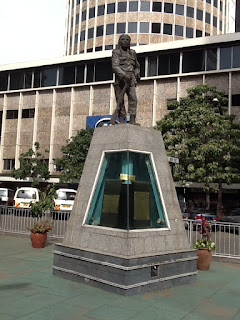Meru County is located along the eastern side of the Mt Kenya ring road. Meru County borders Isiolo County to the North and North East, Tharaka County to the South West, Nyeri County to the South West and Laikipia County to the West.
Meru County is the home of the Imenti, Tigania and Igembe sub-tribes of the Ameru (Meru) tribe, which is related to other tribes living around the Mount Kenya region: the Kikuyu and the Embu people. The people of Meru County are now predominantly Christian: Methodist, Presbyterian, Roman Catholic, and other denominations, reflecting the work of missionaries. Meru County is also home to minorities of Indian descent, who are mainly Hindus, and African/Arab descent, who are Muslims. Meru County is also home to some Europeans, predominantly British in ancestry.
 |
| meru county hotel |
The proposed county headquarters is in Meru. The County has seven constituencies: South Imenti, Central Imenti, North Imenti, Igembe South Constituency, Igembe North Constituency, Tigania East Constituency, Tigania West Constituency and the proposed Buuri Constituency.
meru county official website: meru.go.ke











